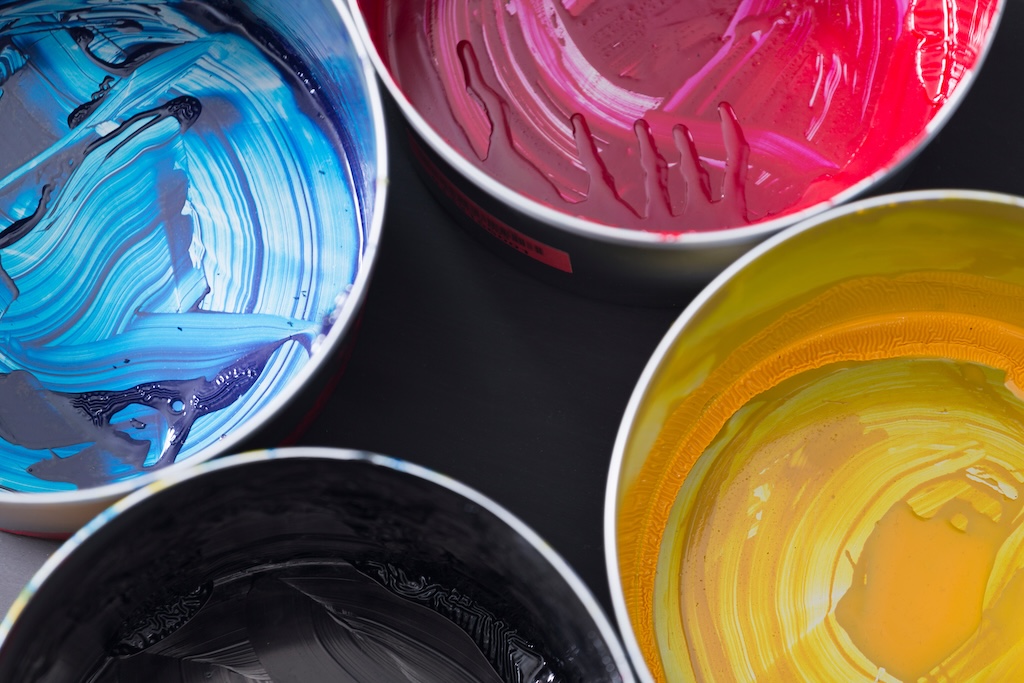Selecting the right paint for outdoor projects is crucial for ensuring durability and longevity in the face of varying weather conditions and environmental stressors. While latex paints are often favored for their ease of use and eco-friendliness, there are situations where oil-based paints prove superior due to their unique properties and performance advantages. For instance, many opt for oil-based paints due to their remarkable resilience in fluctuating temperatures and their ability to withstand moisture, making them ideal for outdoor items subject to direct exposure to the elements such as fences, decks, and exterior trim.
Superior Durability and Resistance
Oil-based paints excel in durability, forming a hard, protective layer that is more resistant to scratching, chipping, and erosion compared to latex paints. This exceptional durability makes them well-suited for surfaces that endure heavy wear or harsh weather conditions, ensuring long-lasting protection and aesthetic appeal. Additionally, the lustrous finish of oil-based paints tends to retain its sheen and color over time, providing a lasting aesthetic that is often sought after for outdoor use, contributing to the overall curb appeal of the property.
Better Adhesion and Finish on Certain Surfaces
Oil-based paints demonstrate superior adhesion, particularly on challenging surfaces like metal or previously painted areas where latex paints may fail to adhere properly. They also deliver a smoother finish on rough surfaces like old wood, effectively filling in imperfections and providing a uniform coating. Furthermore, oil-based paints are resistant to stains and oils, making them an excellent choice for surfaces that might encounter greasy or oily substances, such as garage floors or outdoor furniture.
Longer Drying Time: A Double-Edged Sword
The longer drying time of oil-based paints allows for a smoother finish, as the paint has more time to level out and self-level. While this extended drying period can be advantageous for complex projects that require meticulous application, it can also be a drawback in environments where dust and debris might stick to the paint before it dries. Nevertheless, proper ventilation and dust control measures can mitigate these concerns, ensuring a satisfactory outcome.
The Trade-Off with VOCs and Environmental Concerns
Despite their numerous benefits, one significant drawback of oil-based paints is their high volatile organic compound (VOC) content, which contributes to air pollution and can be harmful to both the environment and human health. This factor requires careful consideration, especially in environmentally sensitive areas where VOC emissions are regulated. Implementing proper ventilation and using low-VOC or zero-VOC alternatives can help mitigate these environmental concerns.
Application and Cleanup Considerations
When considering application and cleanup for oil-based paints, it’s essential to acknowledge the additional effort required compared to latex paints. Oil-based paints necessitate thorough preparation, including the use of proper thinners for application and solvents for cleanup. While this may contribute to their environmental impact, the trade-off is a finish that is typically more durable and long-lasting than latex paints, making them particularly advantageous for surfaces like trims and moldings that endure frequent contact and wear.
When to Opt for Oil-Based Paints
Determining when to opt for oil-based paints depends on the specific requirements of the project. They are well-suited for tasks demanding maximum durability and superior finishes, such as coating exterior doors, trim, and outdoor furniture. Oil-based paints excel on surfaces where latex paint may struggle to adhere effectively or when a longer working time is needed due to environmental factors. Their exceptional longevity and resilience make them a cost-effective choice in the long run, potentially reducing the need for frequent maintenance and repainting, thus conserving both time and resources. Ultimately, selecting oil-based paints can result in more durable outcomes and long-term savings.
Final Thoughts
Choosing oil-based paints for outdoor projects hinges on the project’s specific needs, the desired finish, and environmental factors. Familiarizing yourself with the strengths and limitations of oil-based paints is crucial for making informed decisions. Despite environmental and health safety concerns, the exceptional durability and longevity of oil-based finishes keep them as a crucial choice for specific applications. This enduring reliability ensures they remain a staple in the painter’s toolkit, essential for projects where lasting quality is paramount. For more expert advice on paint selection and outdoor painting tips, visit our website at sisupainting.com and our blog at sisupainting.com/blog.





No comment